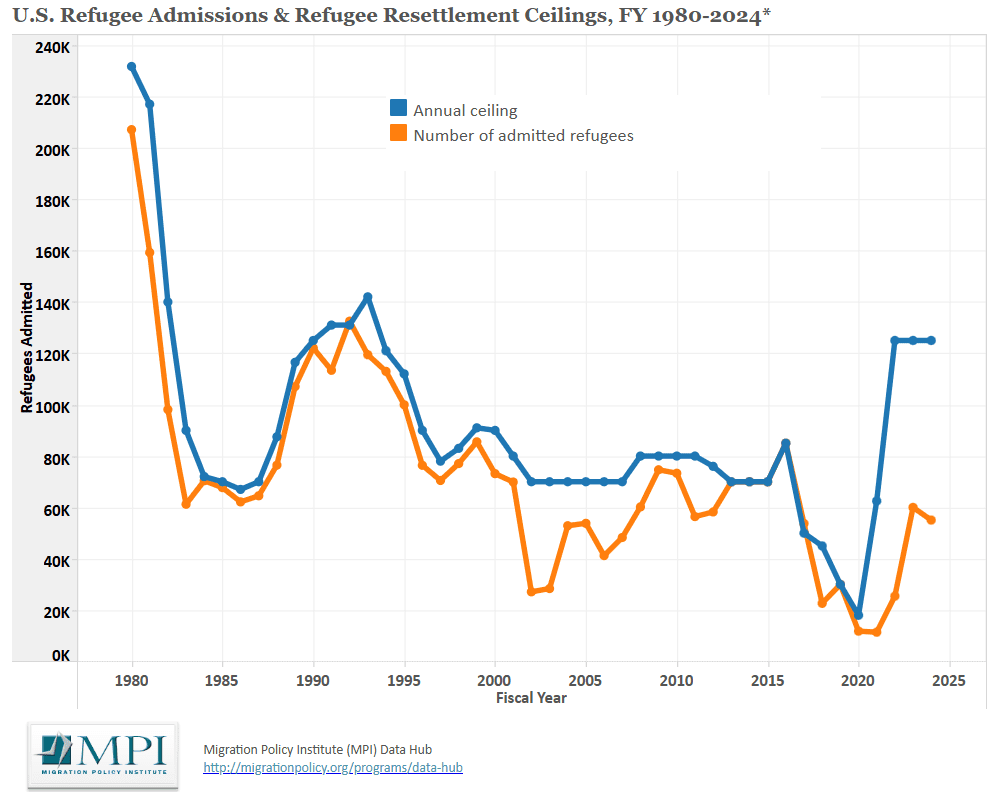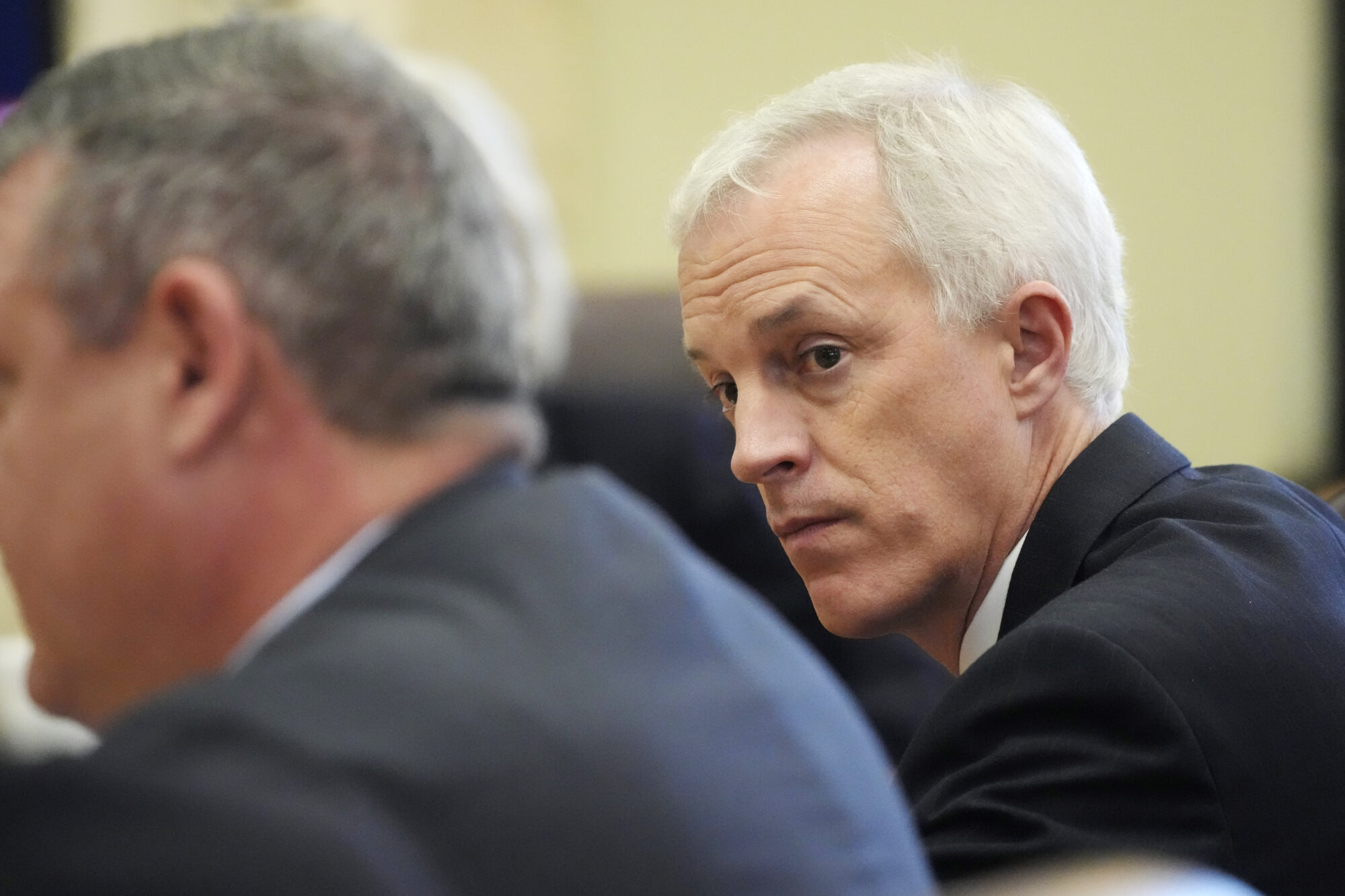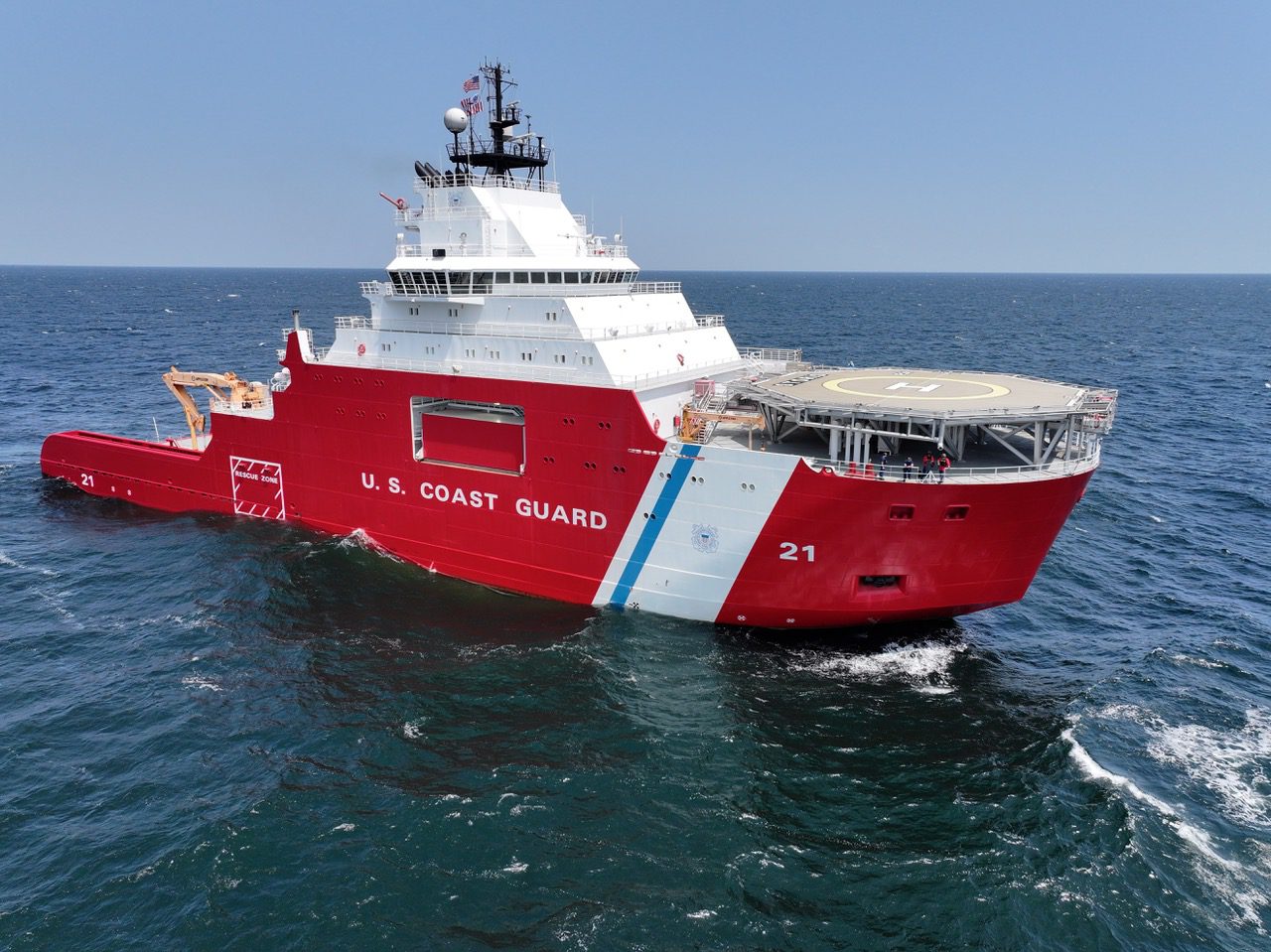
FILE - Migrants are taken into custody by officials at the Texas-Mexico border, Jan. 3, 2024, in Eagle Pass, Texas. Migrant children in makeshift camps along the U.S.-Mexico border who are waiting to be processed by Border Patrol are in the agency's custody _ something the agency had denied _ and said the Department of Homeland Security must quickly process them and place them in facilities that are “safe and sanitary.” (AP Photo/Eric Gay, file)
- What you need to know about the U.S. Department of Health and Human Services Office of Refugee Resettlement and its unaccompanied migrant minor program build out.
A former Harrah’s casino property in Tunica, Mississippi is reportedly under consideration for an “influx care facility” for as many as 2,000 unaccompanied migrant children under the age of 17.
The proposal to house the migrant minors in the Magnolia State has prompted opposition from state and local officials, Republican and Democrat alike.
READ MORE: Proposal to house migrant minors in Tunica prompts opposition from state, local officials
Exact details on how any influx care facility would be approved and operated in Mississippi remains murky. A U.S. Health & Human Services Performance Work Statement updated on May 20, 2024, was amended to include Mississippi as one of 16 states where influx care facilities (ICF) would be considered going forward.
The document reads like a request for proposal, providing guidance for owners of properties wishing to be designated as an ICF in the unaccompanied migrant minor program. It includes site requirements for everything from beds to recreation and education areas to dining and medical facilities and provisions for clothing and transportation.
Site locations are to meet the following guidelines:
- State children’s licensing is allowable
- Within 30 miles from a certified pediatric facility
- Within 100 miles of a primary large or medium hub airport
- Meets local zoning requirements
- Road access for tractor trailers and large passenger buses
- Not within a minimum of 10 miles of a hazardous waste or contamination site
- In a county or city populated with no less than 2% Spanish-speaking people
- Buildings and outdoor recreation areas outside of the 100/500-year Flood Plain
- No adverse environmental, historic or preservation impacts
- Relative moderate or below natural hazard risk
According to HHS, the Office of Refugee Resettlement (ORR), through the Administration for Children and Families, operates a network of 289 facilities or programs in 29 states. As of May 24, 2024, there were 7,494 children in ORR care.
As for ICFs, ORR states that three facilities are ready to accept children – Target Lodge Pecos North property in Pecos, Texas; Dimmit County Children’s Center in Carrizo Springs, Texas; and Greensboro Children’s Center in Greensboro, North Carolina. The Pecos site was established as an emergency intake site in April 2021 but transitioned to ICF in 2022. The Carrizo Springs site opened in October 2023, and the Greensboro site was operationalized in March 2024. A fourth facility on Fort Bliss, near El Paso, Texas, was activated in March 2021 but is now closed.
“The impact of these shelters on the local community is minimal. Unaccompanied children remain under staff supervision at all times. HHS works in close coordination with local officials on security and safety of the children and community,” ORR states. “The unaccompanied children in ORR custody do not attend local public schools. HHS arranges for the security of unaccompanied children. On-site security is 24 hours a day, seven days a week.”
Unaccompanied migrant minors are children age 17 and under who are unaccompanied by parents or other legal guardians and who have no lawful immigration status in the United States and who are apprehended by the U.S. Department of Homeland Security (DHS) and transferred to the care and custody of the HHS ORR. ORR states that often an unaccompanied minor’s parents find someone to bring the child to the U.S. or the child may be escaping a violent community or abusive family relationship, coming to the U.S. for safe haven.
While under ORR care at one of the ICF, potential sponsors in the U.S. are vetted for the child’s placement as they go through immigration proceedings. These sponsors could include parents or close relatives already in the U.S.
The average length of time an unaccompanied minor remained in ORR care for Fiscal Year 2023 was 27 days, down from 2022’s average of 29 days, according to ORR.
Of those minors in custody, as of Fiscal Year 2023 statistics, 69% are 15 or older while 12% were 12-14 and 19% were under 12 years of age.
Since Fiscal Year 2021, the unaccompanied migrant minor program at HHS has seen an overwhelming increase in children. The number of referrals to ORR from DHS jumped nearly 700% from Fiscal Year 2020 to 2021.
HHS data dating back to Fiscal Year 2012 shows that under the Biden Administration, ORR has experienced a significant surge in unaccompanied migrant minor referrals, rising to over 122,000 in Fiscal Year 2021, nearly 129,000 in 2022, and just under 119,000 in 2023.
Statistics from HHS ORR show that the three countries of origin with the highest percentage of unaccompanied children in Fiscal Year 2023 came from Guatemala (42%), followed by Honduras (28%) and El Salvador (9%). Male minors accounted for 61% of the children.
This extreme uptick in unaccompanied migrant minors coincides with a general increase in border crossings under the Biden Administration. Border crossing encounters escalated in Fiscal Year 2023 by over 40% above Fiscal Year 2021 totals. The U.S. House Committee on Homeland Security released a report in October 2023 stating that since President Joe Biden (D) took office, there have been 7.5 million encounters nationwide and 6.2 million encounters at the Southwest border, in addition to 1.7 million known gotaways.
The influx of unaccompanied minors also came at a time when the Biden Administration raised the refugee ceiling in the U.S through an emergency presidential determination issued in May 2021.
The U.S. refugee ceiling is the maximum number of refugees that can be admitted to
the country in a given fiscal year. Congress standardized resettlement services for all refugees admitted to the U.S. with the passage of The Refugee Act in 1980 following the influx of persons from southeast Asia, namely Vietnam, seeking shelter. The law provided for regular and emergency admission of refugees and authorized federal assistance for the resettlement of refugees, establishing the ORR.

While the refugee ceiling does not specifically include unaccompanied minors, it does indicate how many persons the U.S. is willing to accept in a Fiscal Year.
Former President Donald Trump (R) set the Fiscal Year 2021 refugee ceiling at 15,000 in November 2020 before leaving the White House.
Six months later, after President Joe Biden took office, his administration raised the refugee ceiling to 62,500. Since then, the Biden Administration has raised it to 125,000 in Fiscal Years 2022, 2023 and 2024.
A May 2023 Office of Inspector General report stated that ORR needed to improve its oversight of the placement and transfer of unaccompanied children.
“We found that ORR faced challenges when making initial placements during an influx period. ORR did not consistently make initial placements within 24 hours during influx periods because of capacity issues and lack of intake specialist staff. Additionally, ORR did not adequately document placement decisions or placement designations for children with special concerns or needs. Furthermore, we determined that: (1) for the statistical sample of transfers, some were missing supporting documentation; (2) for the judgmental sample of transfers of children into restrictive placements, some of the required documentation was not completed or missing; (3) ORR did not maintain documentation for the reason(s) each child was denied a transfer; and (4) ORR faced challenges transferring children with both behavioral and mental health needs. These errors occurred because ORR had limited quality control procedures, lacked oversight to ensure documentation was retained by care providers, and did not have a process in place to track denied transfers.”
As previously reported by Magnolia Tribune, U.S. Senator Cindy Hyde-Smith (R) sent a letter to HHS asking for more information on the proposal related to the Tunica property in Mississippi. She stated that such a “resettlement project” has caused concerns among residents in the north Mississippi area.
Senator Hyde-Smith went on to say that as she understands, proposals continue to be submitted for consideration to become designated as an ICF with a deadline of summer of 2024.












